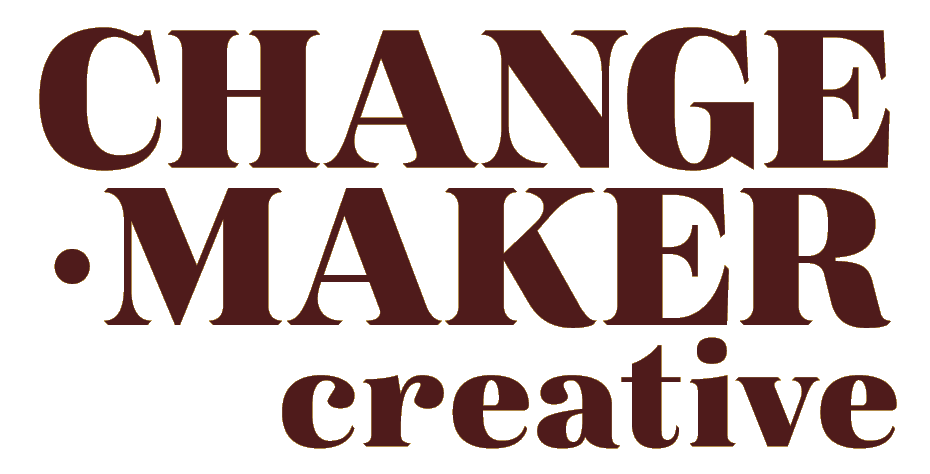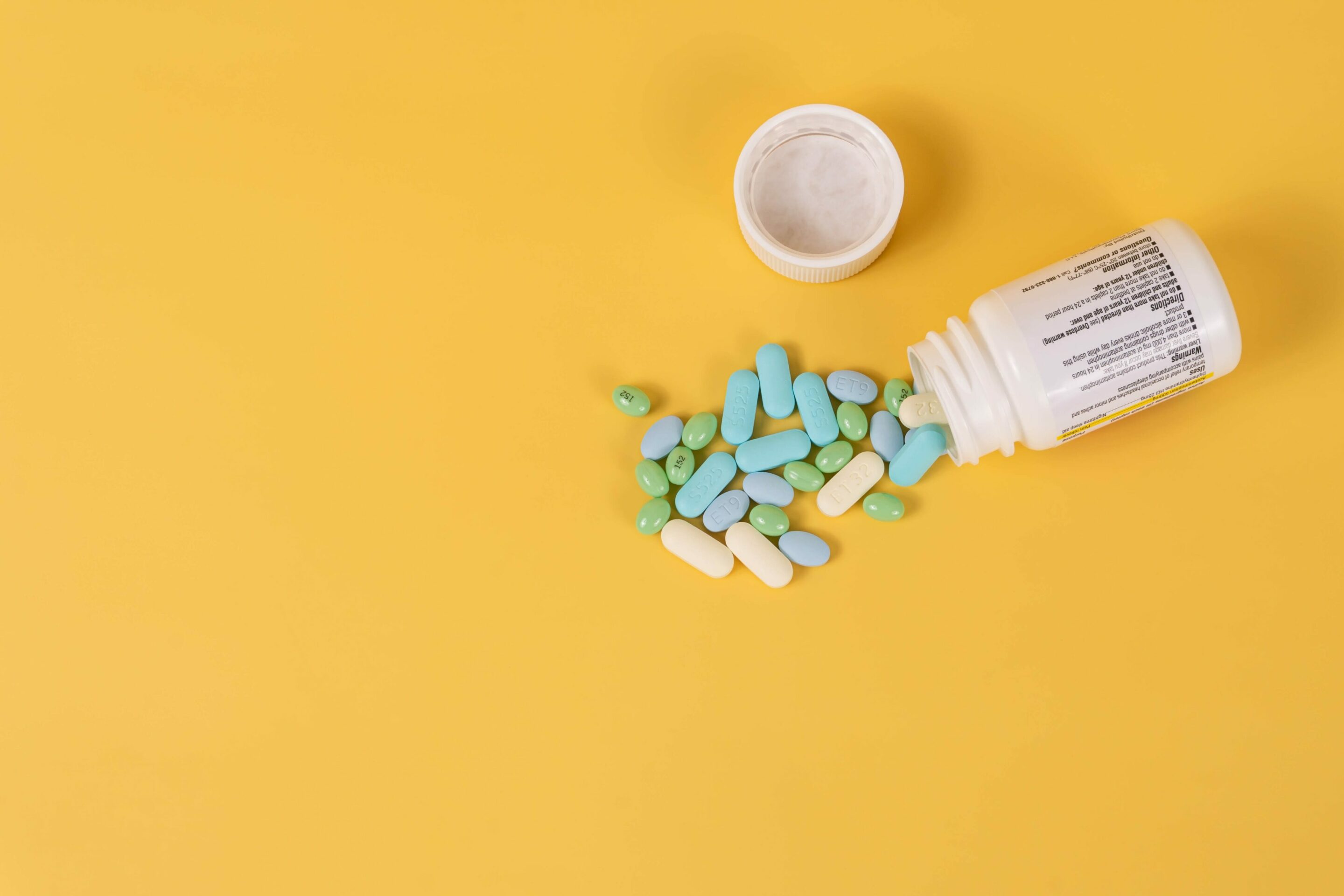This guide provides an overview of special child-resistant and senior-friendly packaging (for simplicity, referred to as CRP) – what types are available and how to find packaging that is tested and certified.
Origins of child resistant packaging requirements
Both the US Consumer Product Safety Commission (CPSC) and the U.S. Environmental Protection Agency (EPA) require the use of CRP packaging with certain products, like pesticides, bleach, paint, prescription medication and the like. Many states with legalized marijuana have decided to require cannabis packaging to comply with the poison prevention act rules, for simplicity.
The Consumer Product Safety Commission CPSC is the organization in charge of the Poison Prevention Packaging Act of 1970 (PPPA), 15 U.S.C. §§ 1471-1476.
This law, was established in 1970 by President Richard Nixon. The law’s primary goal is to ensure child safety by preventing accidental ingestion of harmful chemicals. Before the Poison Prevention Packaging Act was the law of the land, poisonings by common household substances, including medicines, had long been a leading cause of injuries among children under 5 years old. At one point, state death certificates reported about 500 fatalities a year in children under 5 due to poisoning caused by unintentional ingestion of drugs and household products.
The law was created to helps prevent children under the age of five years old from gaining access to those household products that could cause serious illness or injury.
And out of an overabundance of caution, these same rules apply to cannabis products as well, despite cannabis not being poisonous.
How is child resistance tested?
Child-resistant packaging is tested with children and adults at a testing facility.
A testing organization gathers a group of 50 kids ranging from 3 and 4 year olds. The children are then split into groups and given 10 minutes to try to open the packaging. If more than 80 percent succeed and get the packaging open, the packaging fails the testing standards. The kids are allowed to use teeth, stomp on the packaging, and use force to tear the package. The second step is to see if they can open the packaging after being shown how to open it.
The flip side is, that child-resistant packaging has to also be senior-friendly! It can’t be too difficult to open, so it is also tested against a panel of adults. The packaging needs to be easy enough for 90 percent of them to open it in five minutes.
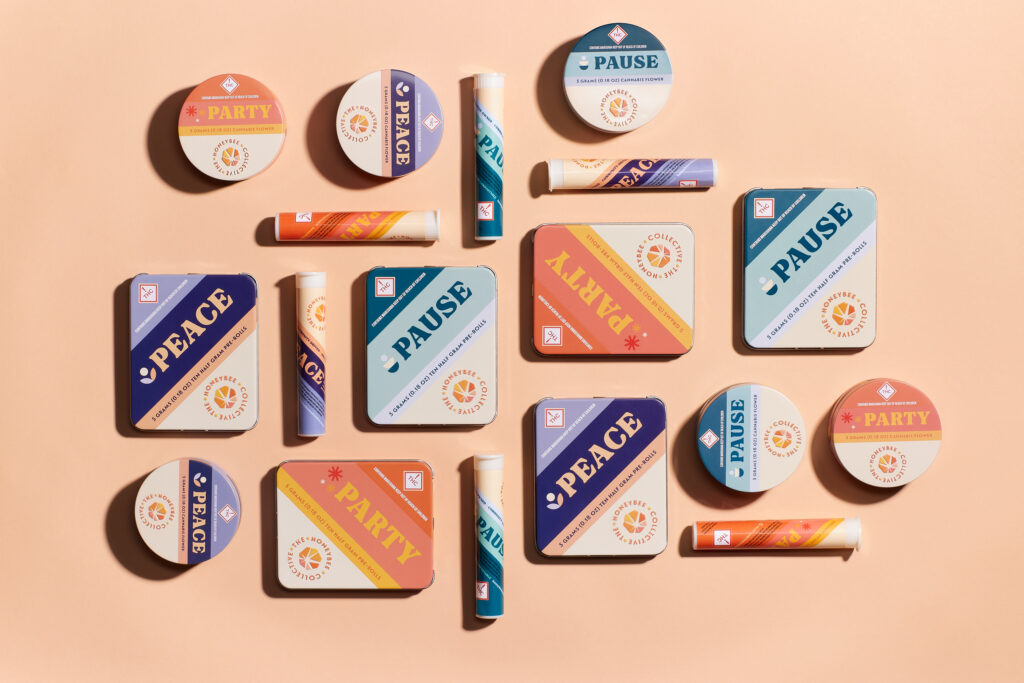
Packaging must be difficult for children to open and not too difficult for adults to open – you never want your customers to feel frustrated!
Examples of child resistant packaging: bags
Child-resistant mylar bags are designed to be difficult for children to open. They typically have a zip-lock style closure that requires some force to open, or a “grip here and here, pinch and pull to open” mechanisms. This can help prevent young children from getting into the product.
Mylar pouches come in a variety, some are single-use CR, others retain their child resistance after opening, called recloseable CR.
Single portions of product can also be individually wrapped in thick plastic bag material that requires scissors to open.
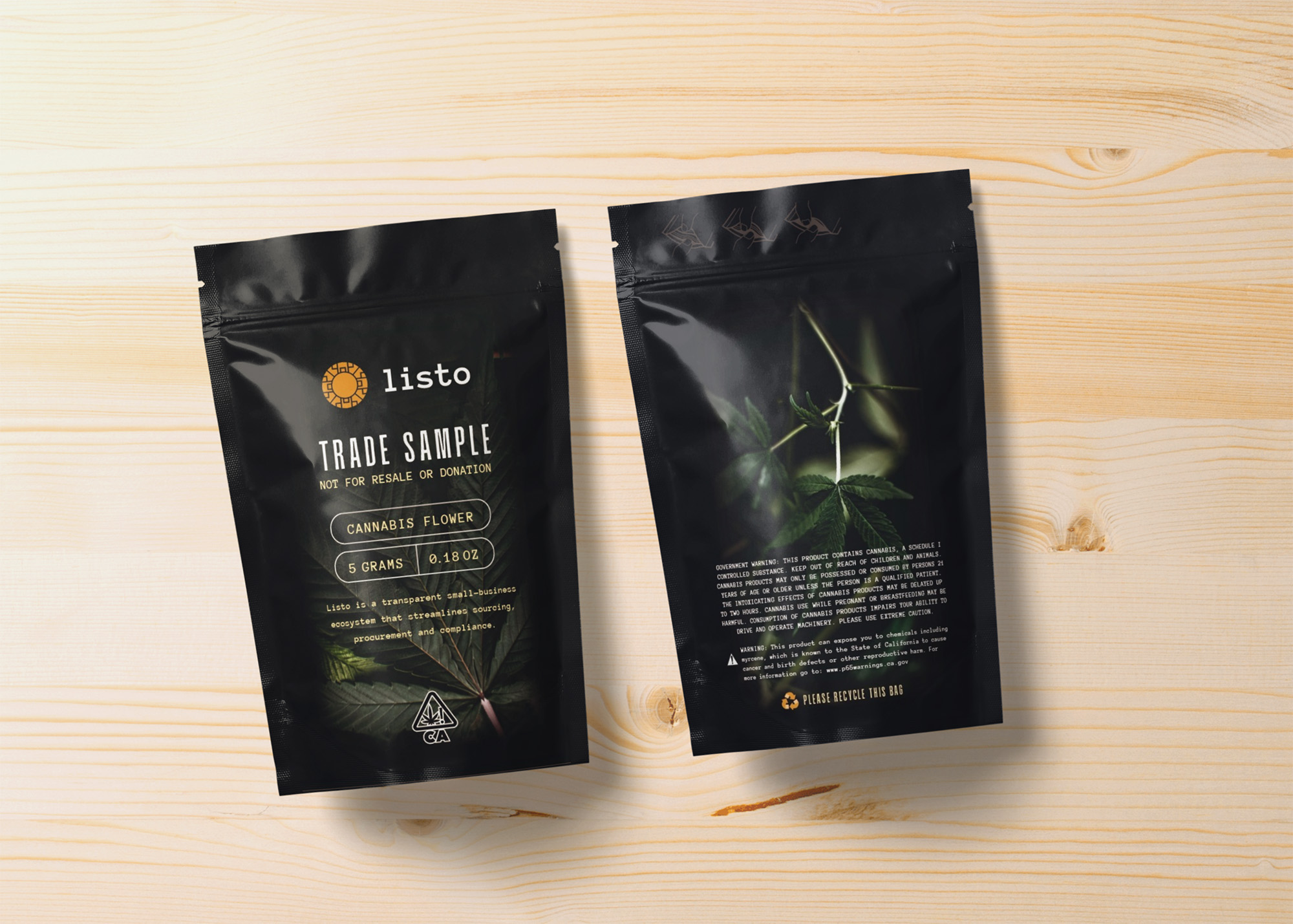
Child resistant pouch with with a double child-resistant zipper to grip and open
Examples of child resistant packaging: Boxes
There’s a multitude of different kinds of box packaging for cannabis. Some require a key to open, others have a button to push, and others require you to squeeze the sides and push to open. The idea being that kids won’t be able to either reach all the way around to push from both sides, or understand written instructions in order to be able to push a button and pull simultaneously.
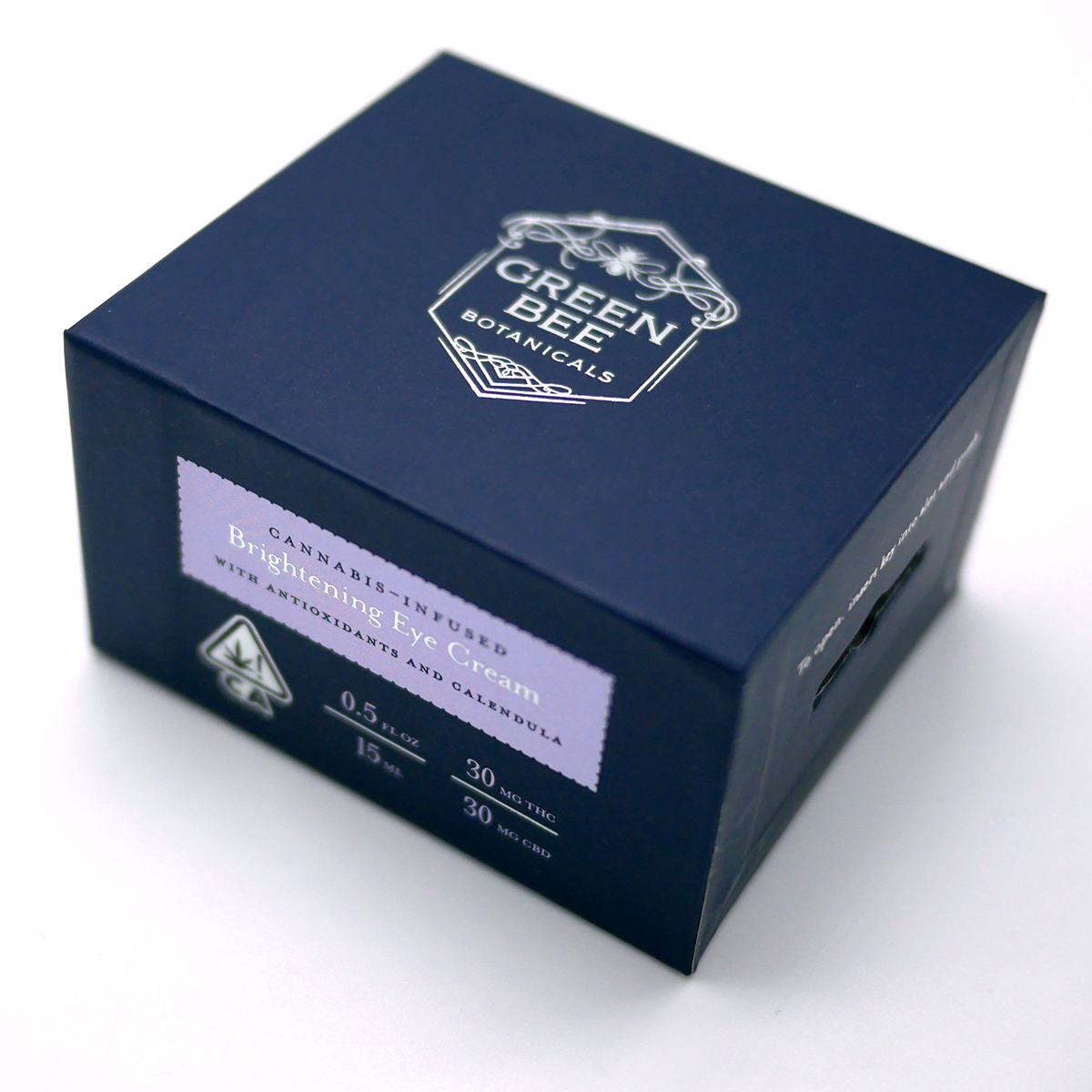
Child resistant box with a slot where you need to insert a butter knife or key or ruler to open it
Examples of child resistant packaging: jars and bottles
Many kinds of jars can be made child resistant by adding a CR closure. Most of them are the “push and turn” variety, like in a medicine bottle, or ones where you align the arrows before it pops open. Some cannabis packaging options include packaging lids where you pull a tab to open the package, or even a beer can style cap that requires a bottle opener to pop open, not a twist-off crown, is considered child resistant.
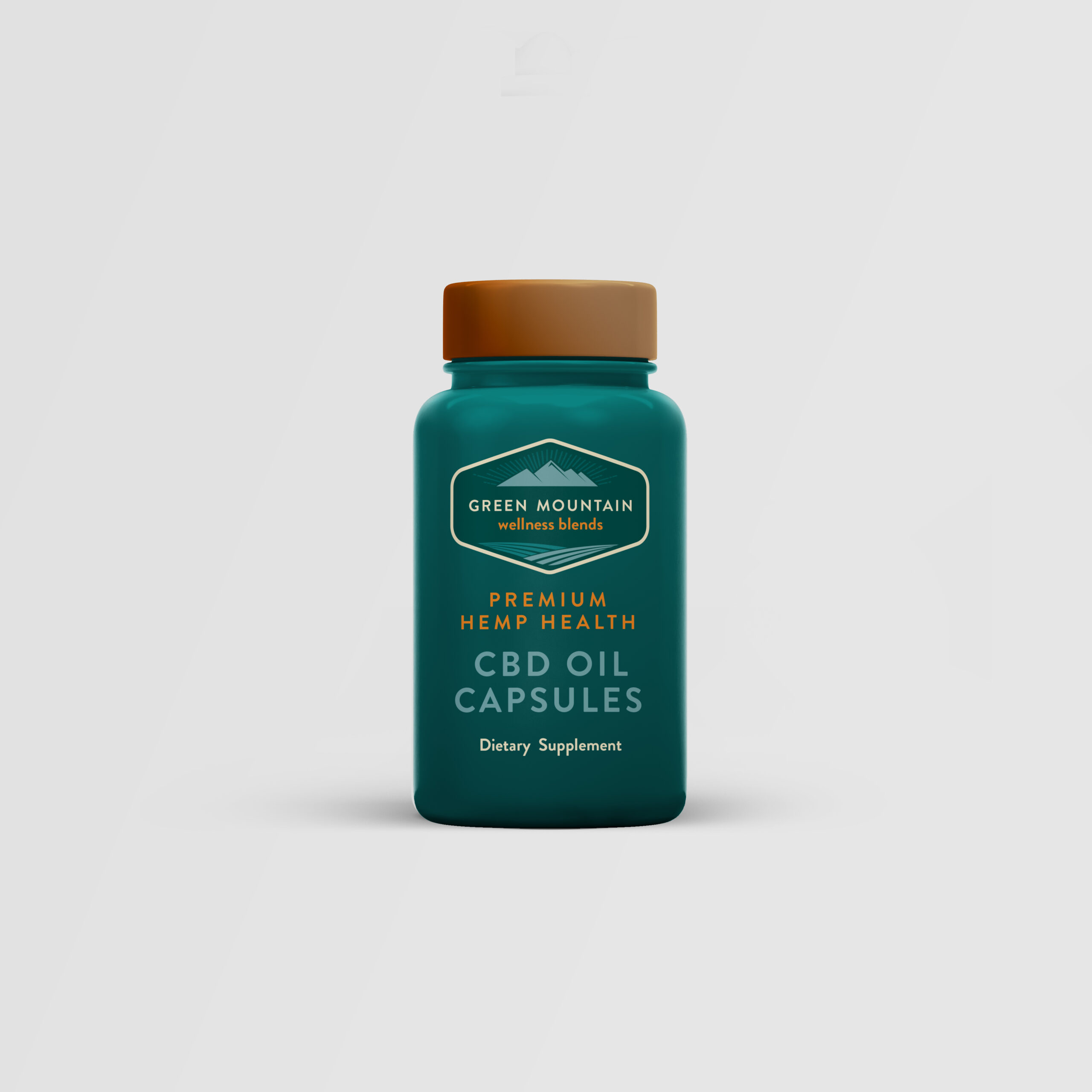
Child resistant pill bottle style child-resistant container with a push and turn mechanism
How to know if a package is child-resistant?
No package is child proof, but if a package has been certified, the manufacturer should be able to provide proof of the certification. Know that there isn’t a specific symbol that proves it’s certified, despite most manufacturers adding official looking symbols onto their websites.
Child-resistant closures that look good can be difficult to find – with cannabis packaging we always balance between wanting to show a recreational cannabis products as luxurious, fun product, without the packaging looking too much like something poisonous or dangerous – or too much like prescription drugs.

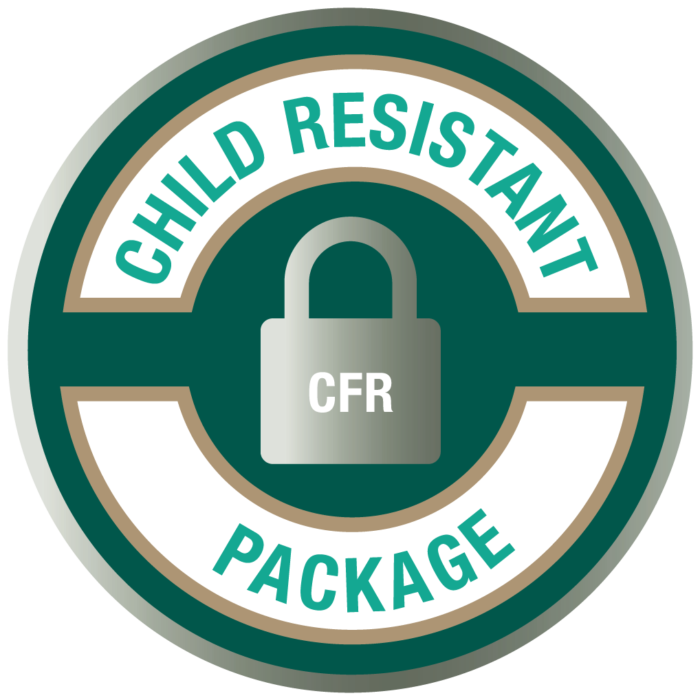
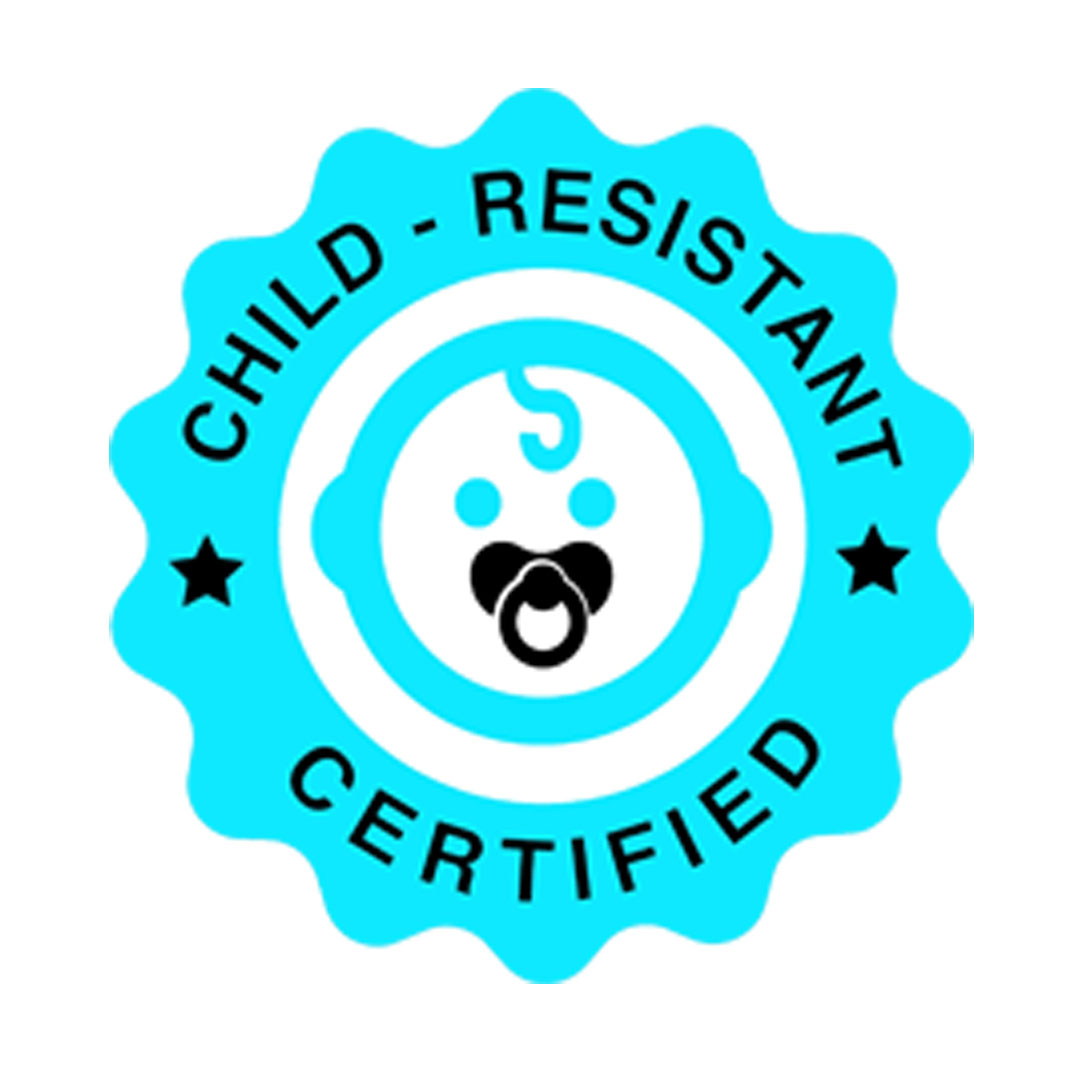
The feds keep a database of approved packages
But these can be cumbersome to rifle through.
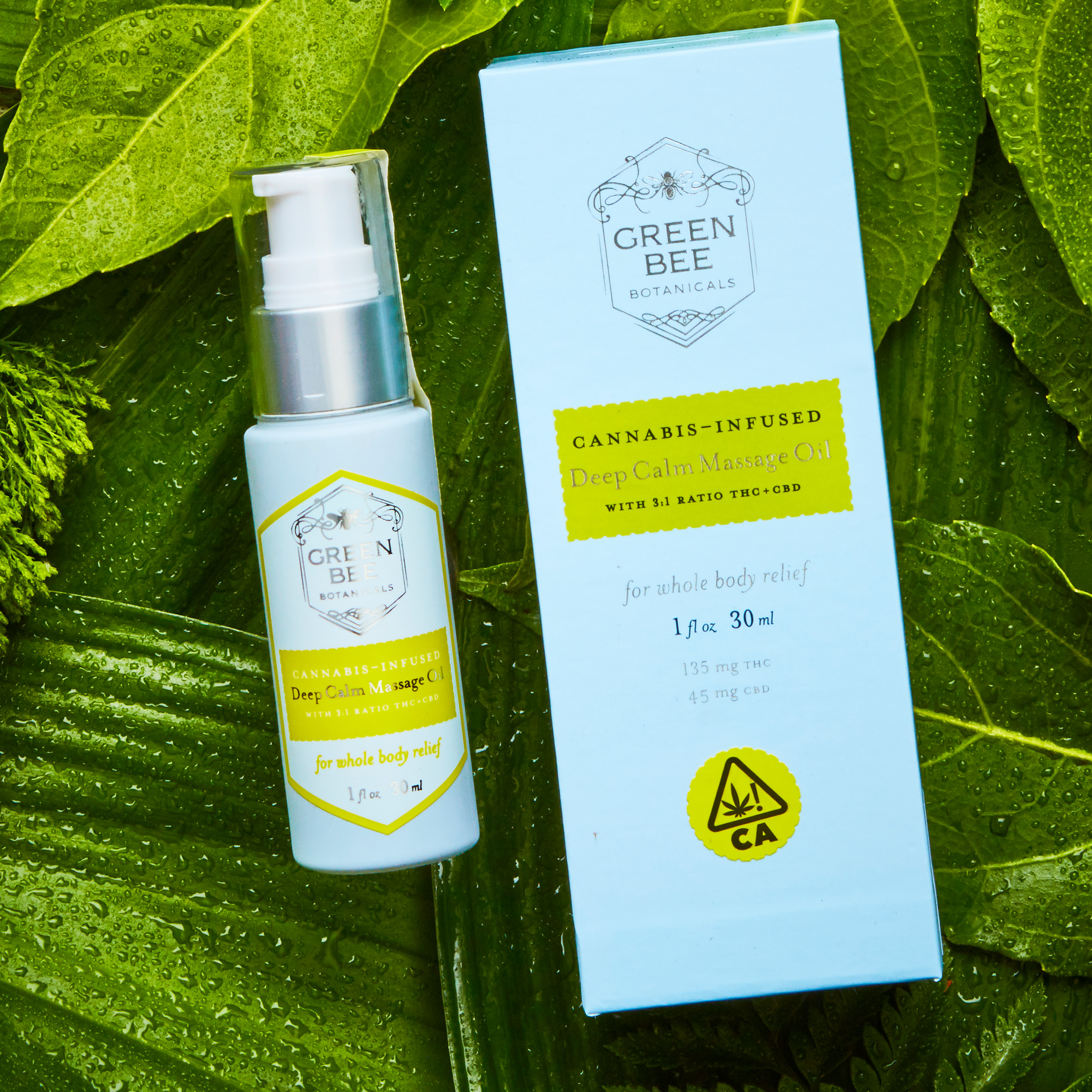
Child safe packaging can look as beautiful as they are safe for use around children
Get help from a cannabis packaging compliance expert!
If you’re looking to create high-quality, and legally compliant, packaging for your product, it’s important to hire a professional packaging designer. Working with an expert will help you avoid costly mistakes and ensure that your packaging is both eye-catching and functional – nothing worse than having to redo your packaging and buy all new containers!
